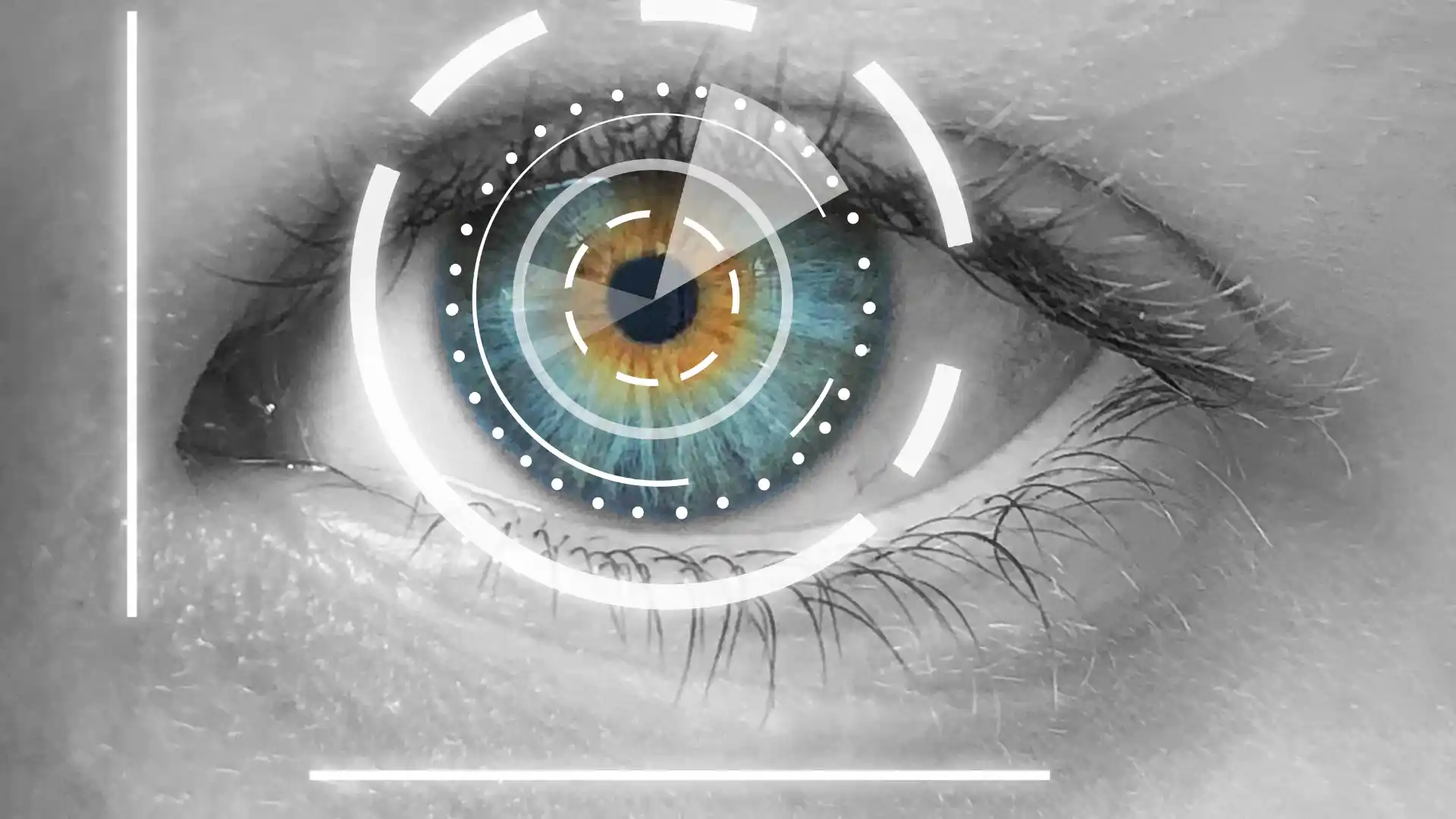Introduction
Welcome to the definitive guide on PRK (Photorefractive Keratectomy) Eye Surgery, an advanced and effective procedure that liberates individuals from the shackles of refractive errors. In this comprehensive exploration, we will delve into the purpose, procedures, benefits, and considerations associated with PRK, offering valuable insights for those seeking clear and unaided vision.
Understanding PRK Eye Surgery
Defining PRK
PRK (Photorefractive Keratectomy) is a laser eye surgery designed to reshape the cornea to correct common vision problems such as nearsightedness (myopia), farsightedness (hyperopia), and astigmatism. PRK is an alternative to LASIK and is particularly suitable for individuals with thinner corneas.
Key Objectives
1. Vision Correction
The primary objective of PRK is to correct refractive errors, providing patients with clear and sharp vision without the need for glasses or contact lenses.
2. Corneal Reshaping
PRK achieves vision correction by precisely reshaping the cornea using an excimer laser, allowing light to focus directly on the retina.
The PRK Procedure
Preoperative Evaluation
The PRK journey begins with a comprehensive eye examination to assess the patient’s eligibility for the procedure. Factors such as corneal thickness, pupil size, and overall eye health are evaluated.
Removal of the Corneal Epithelium
1. Anesthetic Eye Drops
Before the procedure, anesthetic eye drops are applied to ensure the patient’s comfort.
2. Epithelial Removal
The outer layer of the cornea, called the epithelium, is gently removed to expose the underlying corneal tissue.
Laser Reshaping
1. Excimer Laser
A highly precise excimer laser is employed to remove microscopic amounts of corneal tissue, reshaping the cornea to correct refractive errors.
2. Customized Treatment
Advanced PRK procedures utilize wavefront technology to create a personalized treatment plan, addressing unique imperfections in the eye.
Protective Contact Lens Placement
To aid in the healing process, a protective contact lens is placed on the cornea, providing a barrier while the epithelium regenerates.
Postoperative Care
Patients receive detailed postoperative instructions, including the use of prescribed eye drops and recommendations for minimizing activities that could impact the healing process.
Advantages of PRK
Suitable for Thin Corneas
PRK is a suitable option for individuals with thinner corneas who may not be eligible for LASIK.
Reduced Risk of Complications
As PRK does not involve creating a corneal flap, it reduces the risk of certain complications associated with flap creation.
Long-lasting Results
The effects of PRK are generally long-lasting, offering enduring benefits for those seeking lasting visual correction.
No Risk of Flap-related Issues
Since PRK does not involve creating a corneal flap, there is no risk of flap-related issues, making it a preferred choice for certain patients.
Choosing the Right PRK Provider
Ophthalmic Expertise
Selecting a qualified and experienced ophthalmologist specializing in PRK ensures a safe and successful procedure.
Technological Advancements
Choosing a provider with access to state-of-the-art PRK technology enhances the precision and customization of the procedure.
Patient Testimonials
Exploring patient testimonials and success stories provides insights into the surgeon’s skill and patient satisfaction with PRK outcomes.
Conclusion
In conclusion, PRK Eye Surgery emerges as a reliable and effective solution for achieving clear and unaided vision. Understanding the procedures, benefits, and considerations, along with selecting a skilled PRK provider, ensures a successful journey to visual freedom.


























